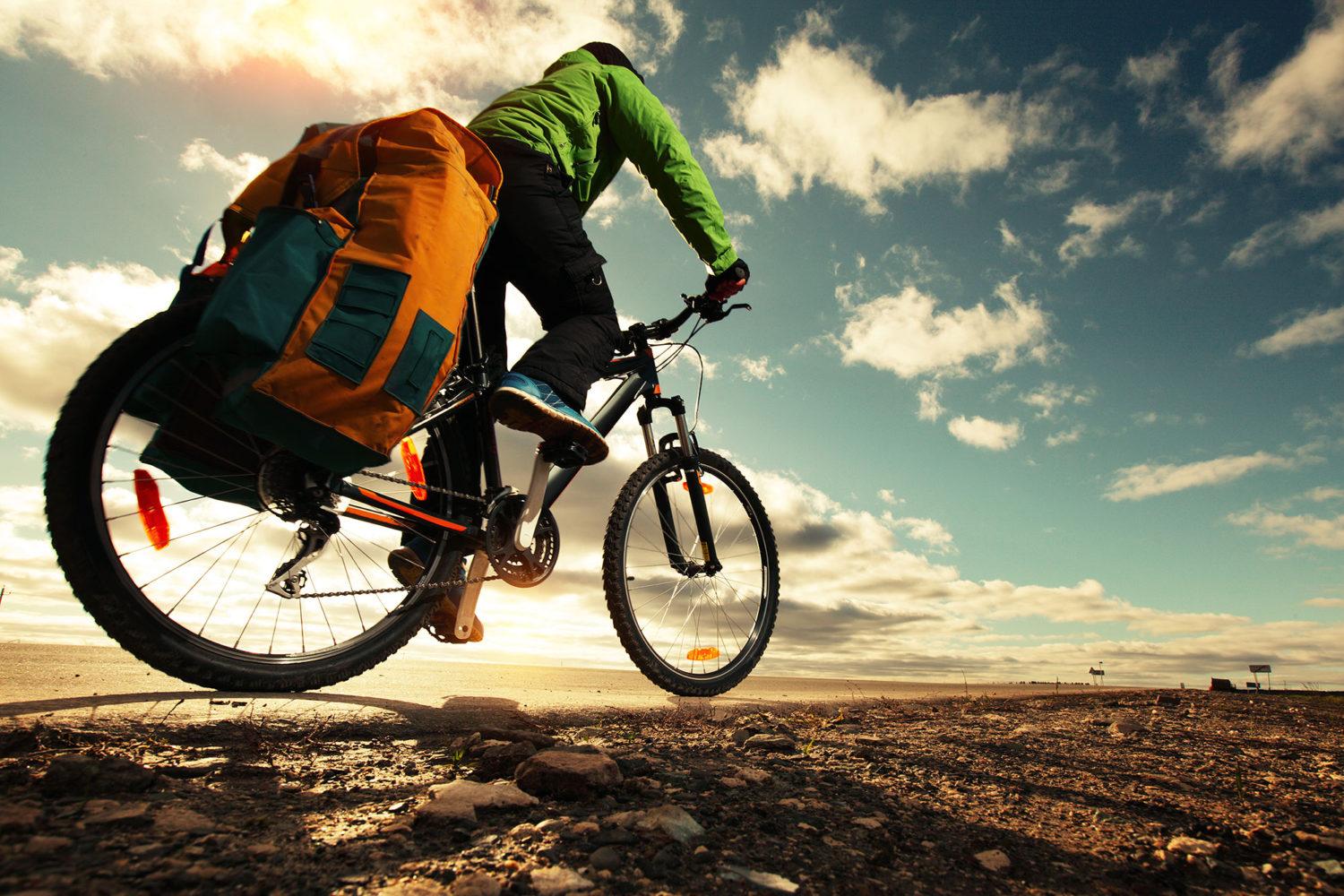The Growth of Cycle Tourism: A New Trend in Sustainable Travel

Cycle tourism, or bicycle touring, has seen tremendous growth in popularity over the past decade as people look for more active and environmentally-friendly travel options. Pedaling from place to place allows travelers to experience destinations in a unique up-close way while getting exercise and reducing their carbon footprint. Let's explore this emerging trend and what it means for the future of travel.
The Benefits of Cycle Tourism
Health and Fitness
One of the biggest appeals of cycle tourism is the physical activity involved. Unlike other modes of transportation, cycling requires using one's own muscle power to cover distances. This delivers significant health and fitness benefits to travelers. Cycling burns calories and works muscles all over the body, helping both leisure and athletic cyclists to stay in shape during their holidays. For many, incorporating exercise into their vacations helps them to destress and relax even more.
Low Environmental Impact
Compared to vehicular transport like cars, buses, trains and airplanes, cycling contributes very little in the way of greenhouse gas emissions and other pollution. This makes it one of the most eco-friendly ways to explore destinations. With the climate crisis looming large, more travelers are opting for cycling to reduce their travel carbon footprint. It's a sustainable mode of transportation perfectly suited for experiencing landscapes and attractions at ground level without noise or fumes.
Connects with Nature and Culture
While cycling, travelers can stop whenever they wish to appreciate scenic views, interact with locals, discover hidden gems off the beaten path and truly immerse themselves in the places they visit. This level of intimacy with natural surroundings and small town charm is difficult to achieve from vehicle windows or on fast-paced package tours. Cycling allows for serendipitous experiences and conversations with people along the routes.
The Growth of Cycle Tourism
Emergence of Dedicated Routes and Trails
Over the last decade, many countries and regions have invested heavily in developing national and regional cycling networks with connected off-road multi-use trails and on-road dedicated bike lanes. This critical infrastructure development has made bike routes clearly marked and long distance cycling a safer and more viable travel option. Some examples include the Great Allegheny Passage Trail in the USA, EuroVelo routes in Europe and the National Cycle Route Network in the UK.
Popularity of Guided Bike Tours
As interest in cycle holidays has grown exponentially, the tourism industry has stepped up to offer organized guided group tours along premier routes. Popular tour operators such as Backroads, Butterfield & Robinson, Trek Travel, Cycling Europe and Pedal & Sea cater to different budgets and skill levels, handling logistics and allowing people to travel safely in numbers. Some tours are theme-based around food, photography or gravel cycling.
Rise of Bikepacking
An offshoot of cycle touring, bikepacking involves cycling into remote wilderness areas with all one's gear carried via panniers, saddlebags and racks rather than trailing a support vehicle. It aims to maximize self-reliance and immerse travelers in nature. This has taken off in popularity due to comfortable bike designs from brands like Surly, Salsa and Niche along with the development of new trails for multi-day rides.
Accommodations for Cyclists
As cycle tourists become a larger market, accommodations catering specifically to their needs have come up. Some key examples include micro-hotels and guesthouses located along popular routes, B&Bs with secure bike storage and repairs, hostels with gear drying rooms and campsites welcoming cyclists. This dedicated infrastructure makes touring by bicycle much more accessible to a wider audience.
Cycling's Financial Impact
Domestic Tourism Boost
Cycle tourism provides a huge boost to local economies along cycling destinations through spending on accommodation, dining, retails, attractions, repairs and tours by visitors. For instance, the Great Allegheny Passage in the USA sees over 200,000 annual cyclists contributing $19 million to towns along its 150-mile path. These numbers will likely increase significantly post-pandemic.
International Draw as well
More and more people are deciding to see other countries via bicycle tours and bikepacking trips. This international visitor spending represents export income for the tourism industry. A study by the European Cyclists' Federation found that cycling holidays in Europe generated over €44 billion with 1.3 million cycle tourists crossing borders annually pre-pandemic.
Local Jobs and Small Businesses
The growth of Cycle Tourism facilities and services also creates local jobs in guiding, bike rentals, shops, cafes and tourism sector MSMEs. This diversifies rural economies and boosts employment at community levels across bike-friendly destinations worldwide.
Mainstreaming Active Travel
By mainstreaming cycling as a go-to sustainable mode of travel and tourism, it could potentially wean people away from vehicular dependence even on a domestic level. This would have a huge impact on reducing emissions, urban congestion and health issues in the long run.
The Way Forward
While challenges remain around certain routes being busy during peak seasons, cycle tourism appears poised for tremendous growth in the decade ahead. As infrastructure and tailored amenities continue expanding to more places, the sector can attract a far wider global audience of active travelers. Destinations that adapt to this demand will see economic and environmental benefits. Popular opinion is also swaying favourably toward greener, lower-impact vacations spent outdoors in nature. All signs point to cycling emerging as a mainstream travel force to be reckoned with very soon.
For more Insights, Read –
https://www.insightprobing.com/cycle-tourism-trends-size-and-share-analysis/
Check more trending articles related to this topic:
https://captionssky.com/isohexadecane-a-synthetic-emollient-for-wide-range-cosmetic-applications/
- Art
- Causes
- Crafts
- Dance
- Drinks
- Film
- Fitness
- Food
- Jocuri
- Gardening
- Health
- Home
- Literature
- Music
- Networking
- Alte
- Party
- Religion
- Shopping
- Sports
- Theater
- Wellness
- IT, Cloud, Software and Technology


